
You should check for worms with a fecal egg count, make sure his teeth are in good shape and assess his general health status. These are all things that must be addressed prior to changing his diet.
In terms of improving the coat using nutrition, the first thing you need to check is that you are feeding enough forage. Forage is the foundation of a healthy diet, as it promotes digestive health in the horse. Without good digestive health, a change in diet will have limited impact. Ideally, forage should be provided ad-lib, but your horse should never be receiving less than 15g (dry matter) per kilogram of his body weight.
Next up, you need to look at the balance of your horse’s diet. This is likely to involve the assistance of an equine nutritionist, as some of these calculations can be complex. Nutrient deficiencies can affect coat condition, so providing a well-balanced diet is key to not only a healthy horse on the inside, but also a healthy coat on the outside.
Esta historia es de la edición June/July 2020 de HQ magazine.
Comience su prueba gratuita de Magzter GOLD de 7 días para acceder a miles de historias premium seleccionadas y a más de 9,000 revistas y periódicos.
Ya eres suscriptor ? Conectar
Esta historia es de la edición June/July 2020 de HQ magazine.
Comience su prueba gratuita de Magzter GOLD de 7 días para acceder a miles de historias premium seleccionadas y a más de 9,000 revistas y periódicos.
Ya eres suscriptor? Conectar

The Science Behind Tapering
The science behind tapering
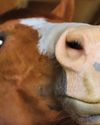
Horse Treats
The ultimate guide
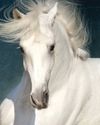
Horsey Hair Care
Tips and tricks for a healthy mane and tail
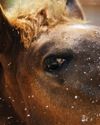
Horsey Hydration- The Importance Of Water In Winter
The importance of water in winter

A Horseback Safari
Abelana Game Reserve

The Psychology Of Riding Performance
Intrinsic motivation, part 7
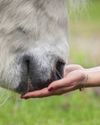
10 Best Life Lessons From Horses
Life lessons from our horses
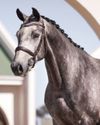
Breaking New Ground
The evolution of the Callaho Online Auction
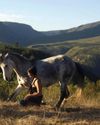
Horse Psychology 101
Part 3: The horse's cognitive abilities
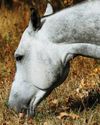
Colic Part 1
An owner’s worst nightmare